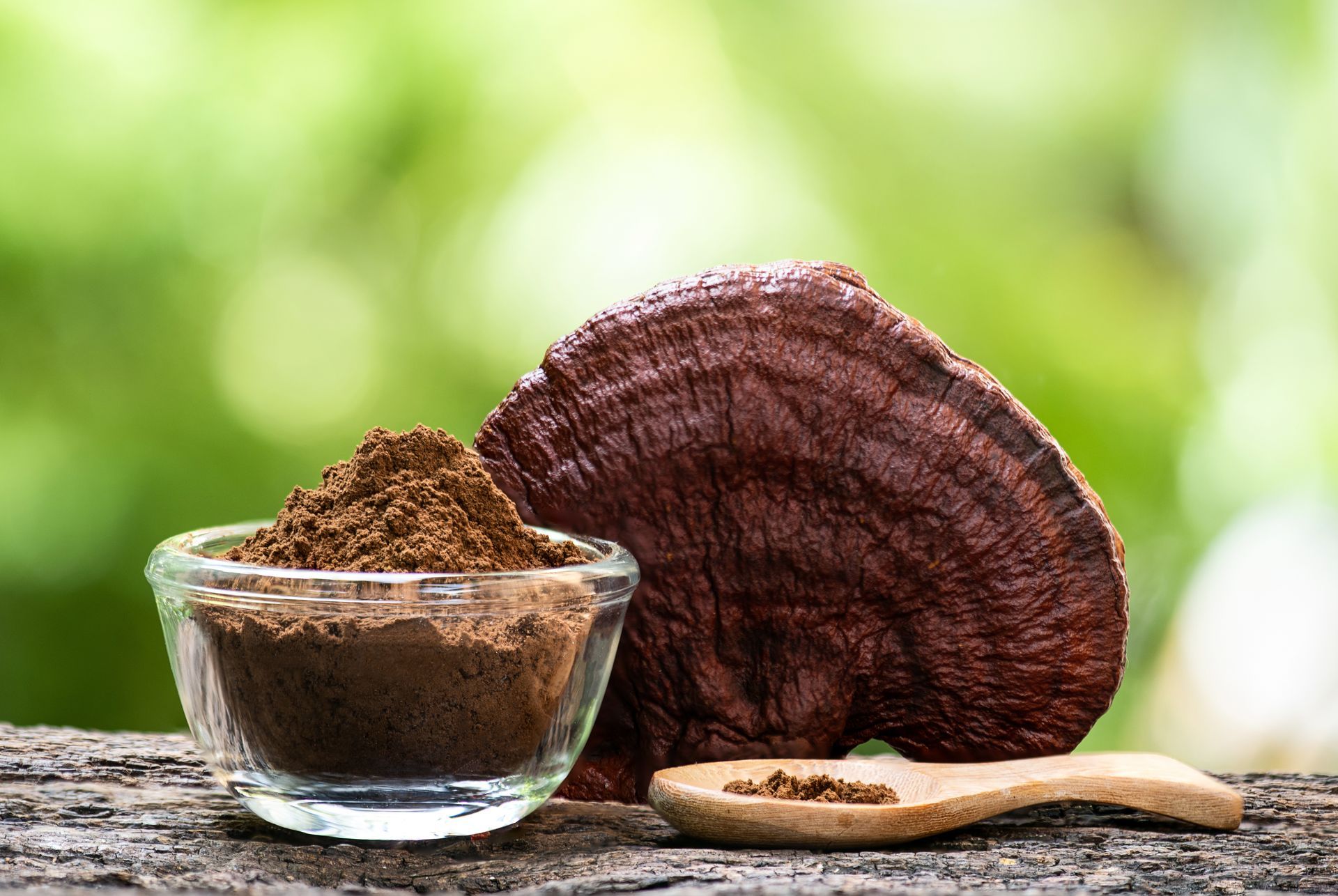What are Hericenones and Erinacines?
A Closer Look
Hericenones are primarily isolated from the fruiting body of
H. erinaceus, while erinacines are found in the mycelium of the mushroom. Both are low-molecular-weight, hydrophobic compounds known for their ability to stimulate the synthesis of nerve growth factor (NGF) and promote neurite outgrowth in nerve cells, which is crucial for nerve cell maintenance and repair

Biological Activities and Benefits
Neuroprotective Effects
Erinacines, particularly erinacine A, have been shown to cross the blood-brain barrier, a critical feature for compounds targeting brain health. This ability allows erinacines to exert neuroprotective effects, which have been demonstrated in various studies against conditions such as stroke, Parkinson's disease, Alzheimer's disease (AD), depression, and aging 3. Hericenones, while not verified to cross the blood-brain barrier, also contribute to brain health by stimulating NGF synthesis 4.
Cognitive Enhancement
Both hericenones and erinacines have been associated with cognitive benefits. Studies have shown that these compounds can reduce symptoms of memory loss and prevent neuronal damage caused by amyloid-beta plaques, which are commonly associated with Alzheimer's disease 5. Additionally, they may help regenerate brain cells and improve the functioning of the hippocampus, a brain region involved in memory and emotional responses 6.
Potential in Neurodevelopmental Disorders
Research indicates that the compounds in
H. erinaceus mycelium, including erinacines, promote oligodendrocyte maturation and increase myelin basic protein levels, which are essential for myelination in the brain. This suggests potential applications in treating demyelinating disorders such as multiple sclerosis 7.
Conclusion
Hericenones and erinacines from the Lion's Mane mushroom offer promising benefits for brain health and neuroprotection. While hericenones primarily stimulate NGF synthesis, erinacines, especially erinacine A, have the added advantage of crossing the blood-brain barrier, making them particularly effective in neuroprotective roles. These compounds hold potential for treating neurodegenerative diseases and enhancing cognitive function, warranting further research and clinical exploration.









